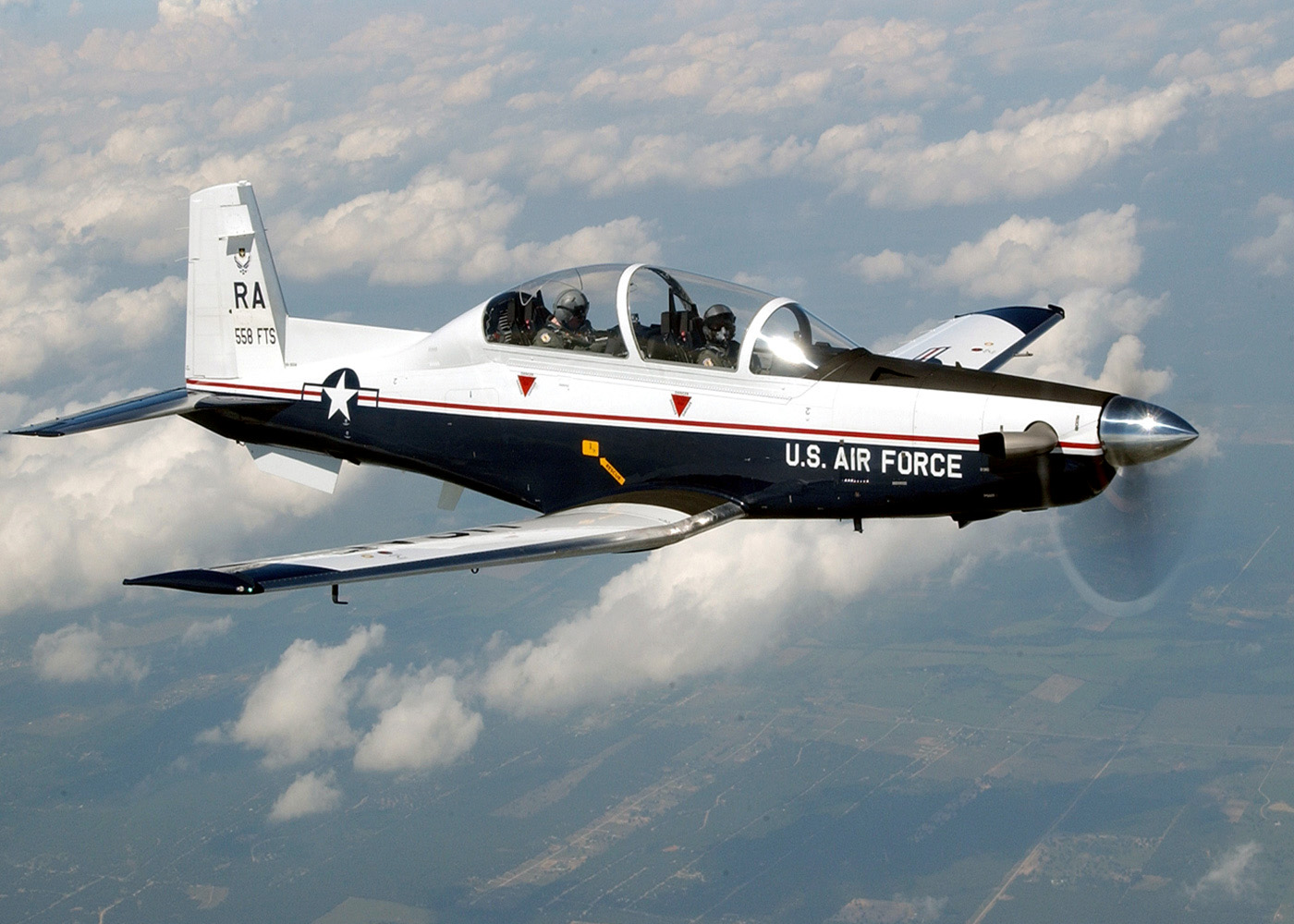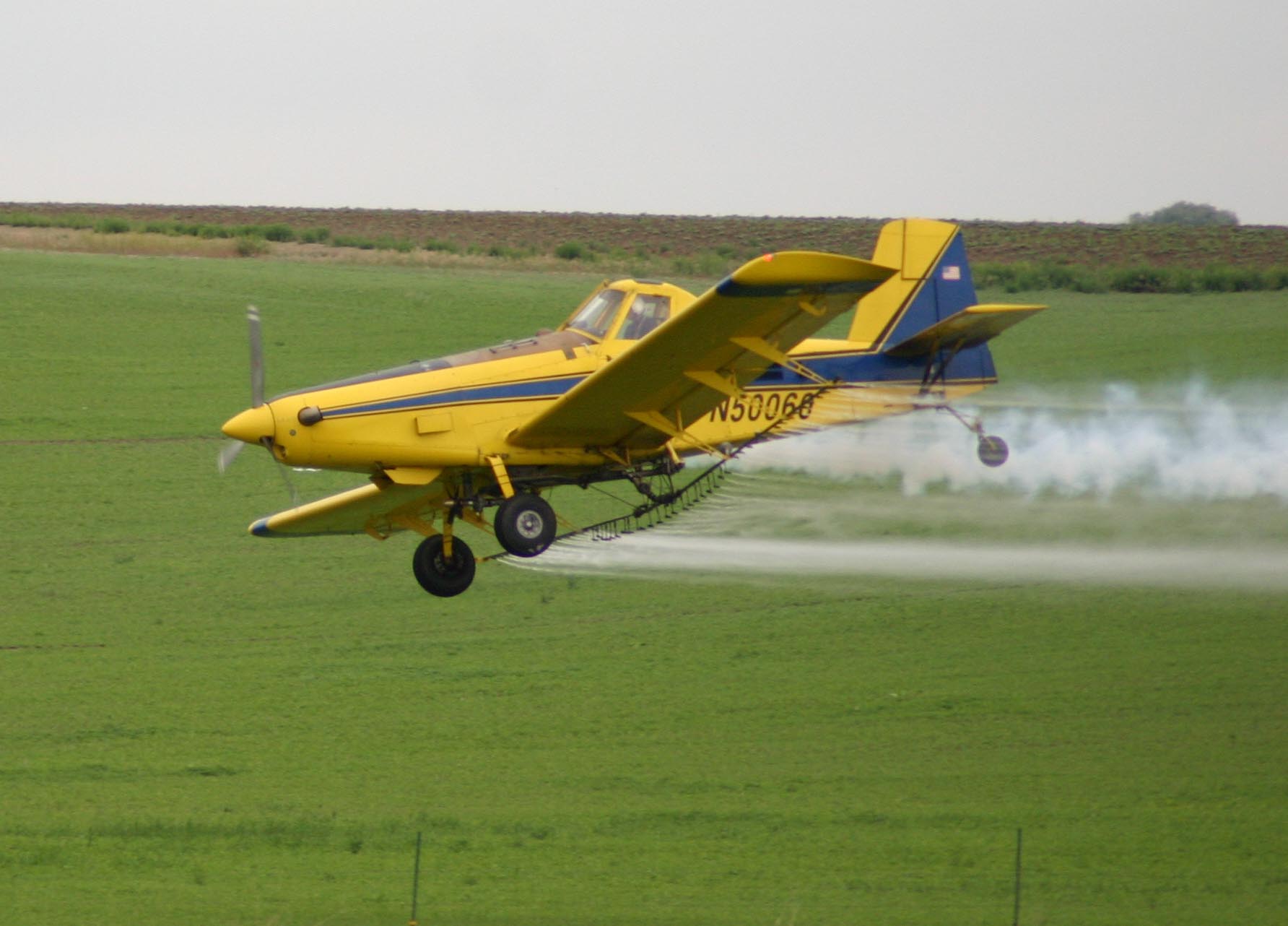How about that, never heard of the hydraulic system before. Never heard air from the turbocharger referred to as bleed air. But, I guess it could be called that. I have a good bit of time in the 602P (built by Piper) and some P Navajo time. Not a fan of using turbocharger air for cabin. Any change in power setting bumps the cabin pretty bad. My experience is the turbos just barely pump enough air for the engine. YMMV.
Learned something new on the hydraulic system. Must not have been too successful. Who all used that system? Thanks Henning for the response.
I've only heard of it on the Commander, but I've never worked with it, wouldn't be surprised if the B-29 and B-36 used it. Personally I liked the concept because I like keeping all the TC pressure for the engine.


 Cheap to buy is way different from cheap to own!
Cheap to buy is way different from cheap to own!







